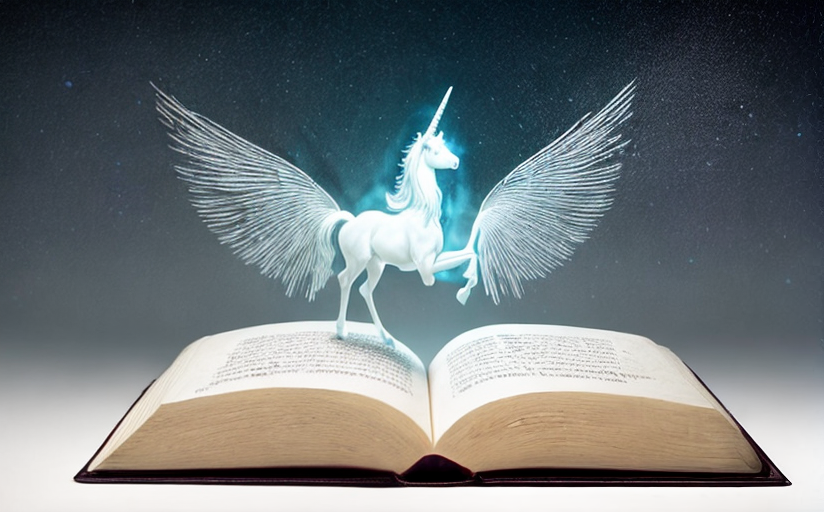Magical Realism in Today's Literature: An Exploration of Importance and Influence
As we delve into the world of contemporary literature, a vivid narrative technique that leaves a profound impact is Magical Realism. This unique and influential literary style fuses the disparate realms of reality and fantasy, leading to a distinctive exploration of reality that is both compelling and nuanced.
The Roots of Magical Realism
Magical realism has its origins in Latin American literature of the mid-20th century, with authors like Gabriel Garcia Marquez and Jorge Luis Borges considered amongst its notable pioneers. The purpose of it was to present the extraordinary and surreal as ordinary and normal, thus creating an innovative literary style. It has evolved over time, permeating diverse cultures and languages, shaping narratives with its unique blend of reality and illusion.
Defining Characteristics of Magical Realism
Magical realism integrates surreal elements into a realistic setting. Unlike conventional fantasy, it portrays magic as an inherent part of people's mundane existence. Often, the characters accept the magical happenings with a nonchalant attitude, thereby creating an implicit acceptance of magic in a realistic world. This distinctive genre attempts to show readers, the endless possibilities of perception beyond the boundaries of standard cognition.
Magical Realism in Well-Known Works
Classic examples of this genre include Gabriel Garcia Marquez's One Hundred Years of Solitude and Salman Rushdie's Midnight's Children. The unexplained levitations, prophetic dreams, and ghostly presences are described as commonplace, ultimately transforming readers' perception of reality. This uncanny fusion does more than entertain; it opens avenues for profound exploration of complex themes such as time, identity, and truth.
Today's Literature and Magical Realism
In the contemporary literary scene, many authors employ magical realism to explore multifaceted themes in an engaging way. Works like The Ocean at the End of the Lane by Neil Gaiman and Chocolat by Joanne Harris utilise magical realism to delve into human emotions and societal norms. Elements of the spectral and the wondrous are aligned with everyday experiences, making the narrative invigorating and fascinating.
Why Magical Realism Strikes a Chord with Readers
The blending of reality and fantasy in magical realism evokes a sense of intrigue, giving the reader a transformed perception of reality. The inexplicable yet non-conflicting coexistence of the magical and the realistic elements, helps readers explore more profound aspects of human existence, memory, and perception, thereby offering them an engrossing and thought-provoking reading experience.
Conclusion
To conclude, magical realism is a potent narrative technique that profoundly influences contemporary literature. By seamlessly interweaving the real and the magical, it enables the exploration of complex themes in an intriguing and accessible manner, enhancing the reader's engagement and appreciation of the literary work.


















Comments
Leave a Comment